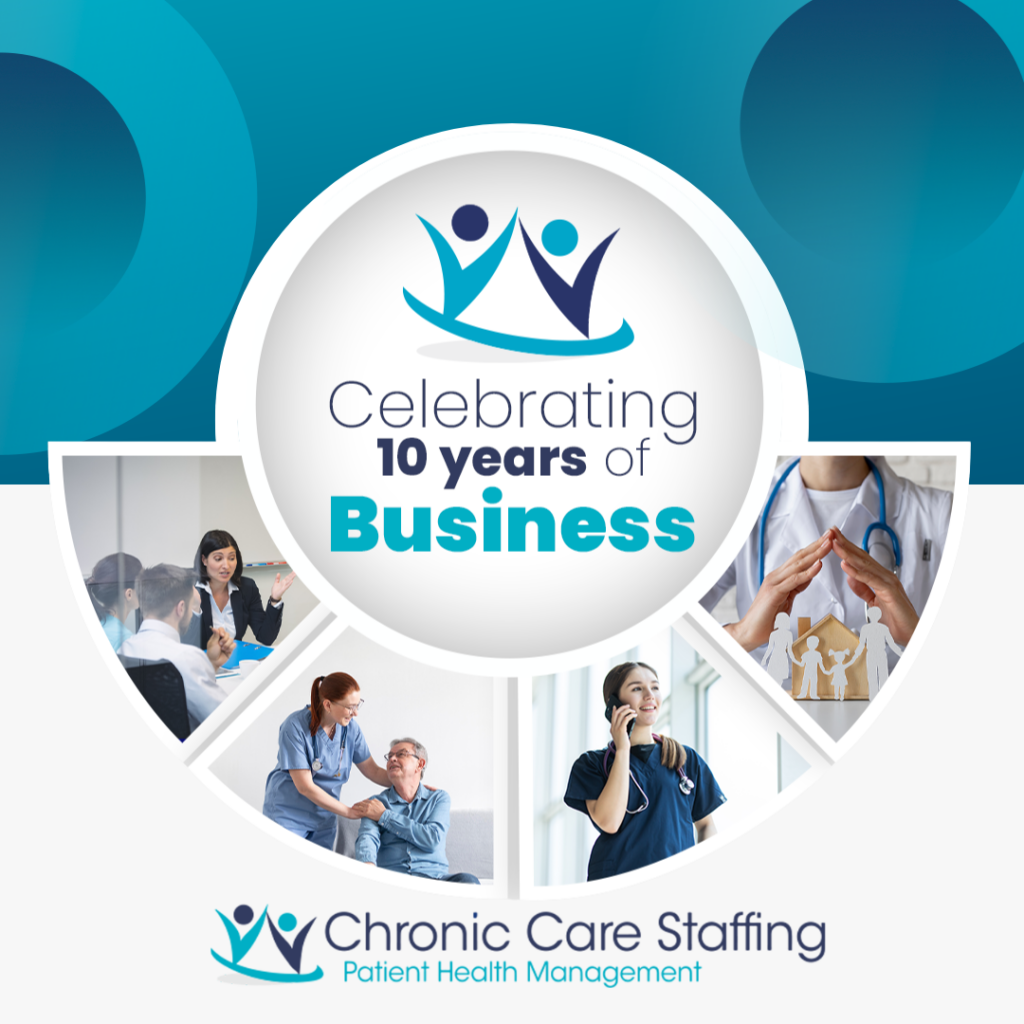Story by Connor Danielowski / September 2, 2025
Health Risk Assessments (HRAs) play a pivotal role in the Medicare landscape, serving as foundational elements of preventive care, care planning, and risk adjustment. As we move deeper into 2025, HRAs remain central, but the dynamics around them are shifting. Here’s a comprehensive, state-of-the-art update on what practitioners, care organizations, and Medicare Advantage plans need to understand.
Under Original Medicare, HRAs are embedded in the Annual Wellness Visit (AWV). During this visit, patients complete a standardized questionnaire covering demographics, self-assessed health status, psychosocial and behavioral risks, and more (Medicare AWV overview).
Medicare Advantage plans also utilize HRAs as required components, conducting initial HRAs soon after enrollment and repeating them annually to guide personalized prevention plans and care coordination.

New policy guidance under the 2025 CMS Final Rule removed incentives tied to HRAs for brokers and agents. This change discourages reliance on third-party influencers to drive HRA completion and instead favors digital and member-centric engagement approaches. The shift comes as CMS also ramps up attention on risk model fidelity, trimming hierarchical condition category payments by 2.45%. This impacts risk adjustment globally (2025 CMS Final Rule overview).
CMS’s 2025 rule further emphasizes health equity, requiring plans to conduct personalized mid-year outreach to inform beneficiaries about unused supplemental benefits. This presents an opportunity to couple HRA efforts with targeted equity-led outreach for increased relevance and effectiveness.
One glaring trend: diagnoses coded solely based on HRAs and not corroborated through provider visits or medical records are responsible for an estimated $7.5 billion in risk-adjusted payments in 2023 for Medicare Advantage plans. Much of this stems from in-home HRAs or HRA-linked chart reviews conducted by plans or vendors, bypassing primary care involvement.
This raises two concerns:
To strengthen integrity, experts (including the HHS Office of Inspector General) recommend CMS impose stricter audit and validation requirements for HRA-based diagnoses (OIG concerns over MA HRA misuse).
Now more than ever, completing HRAs is less about compliance than meaningful engagement. Insurers increasingly deploy incentives ranging from gift cards to retailer points for completion. In 2023, 62% of Medicare Advantage enrollees were in plans offering rewards of $10–$100 for HRA completion, with major insurers like Centene, CVS, and UnitedHealthcare reaching participation rates near 98–99% (KFF analysis of HRA incentives).
Beyond incentives, digital engagement tools such as AI chatbots, mobile forms, and adaptive routing improve completion while reducing clinician burden (HRA member engagement tech).
Here are forward-thinking strategies that go beyond the status quo:
These innovations represent data-driven opportunities to elevate HRAs from perfunctory documentation to dynamic tools for targeted, patient-centered care.
Chronic Care Staffing is uniquely positioned to help health systems operationalize HRAs through these services:
Leveraging experience across preventive care workflows, CCS can support HRA implementation in ways that improve care coordination and protect compliance integrity.

